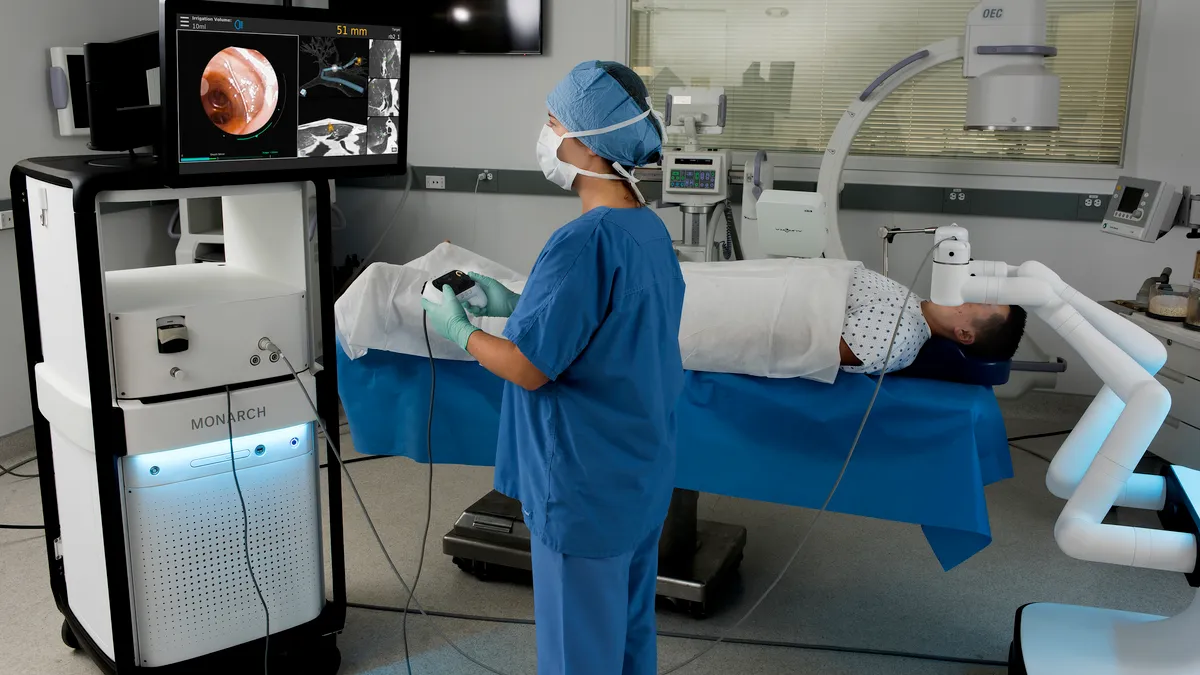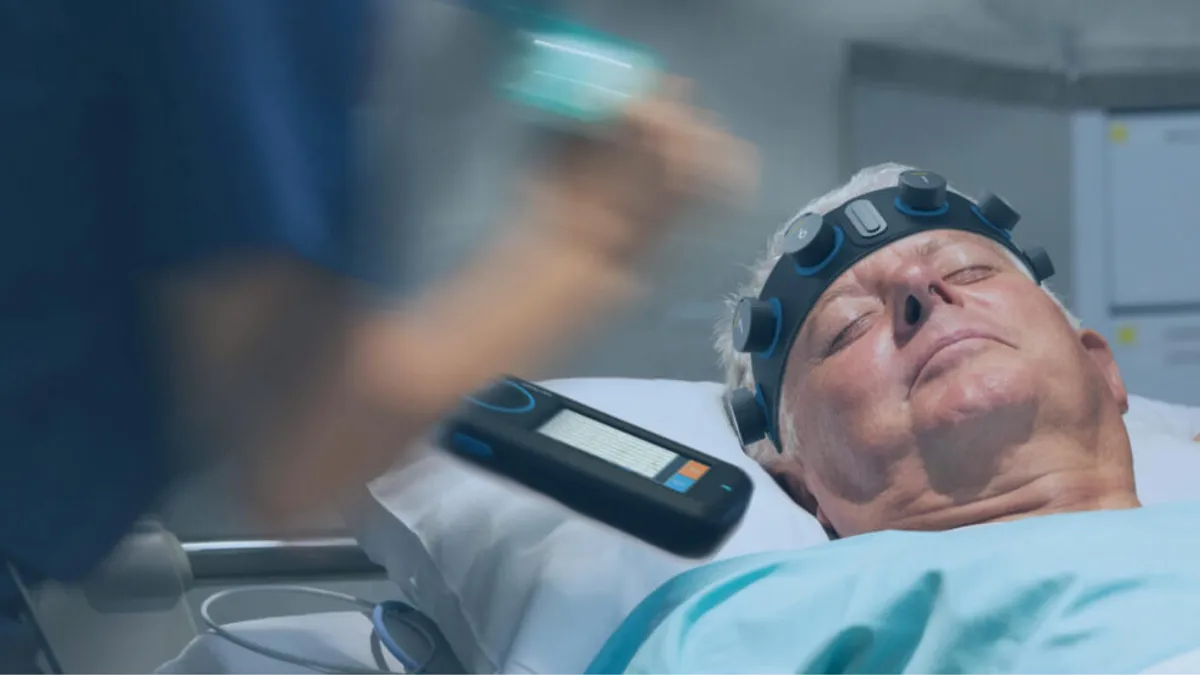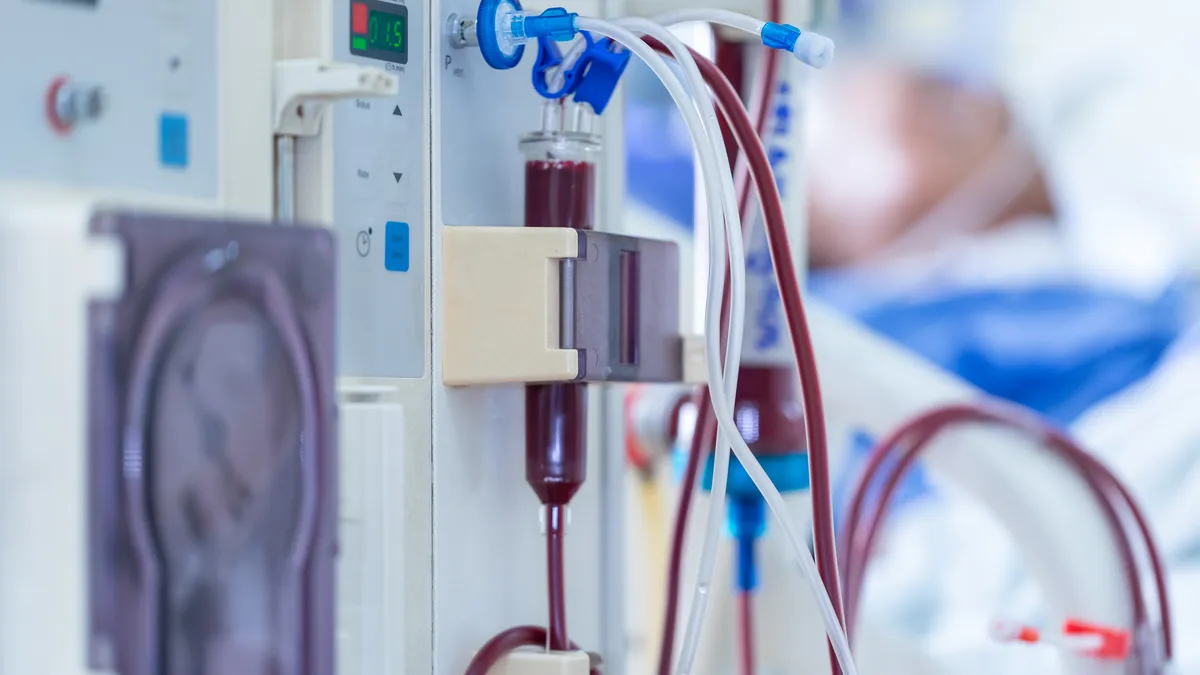Before the pandemic hit in full force, Johnson & Johnson's bid to gain ground in digital surgery was a key talking point, with CEO Alex Gorsky in January touting the potential for decades of growth to stem from the fruits of Auris Health, Verb Surgical and related initiatives.
J&J originally planned to host a medical devices investor day May 13 to detail those efforts, but rescheduled due to the pandemic. Over six months later, J&J on Thursday updated investors on the broader devices business, which has faced sales declines amid COVID-19, but especially highlighted its robotics plans to service operations from joint reconstruction to tissue biopsies to urological procedures.
Although Intuitive Surgical dominated robotic surgery for general surgery applications the past two decades, wider-scale medtechs, particularly J&J and Medtronic, have looked to get a slice of the expanding market.
J&J cited data, later echoed by analysts, suggesting robots account for 2% of procedures worldwide. In the general surgery realm, approximately 10% of procedures in the U.S. leverage robotics compared to less than 1% outside the country — which J&J, its peers and analysts believe suggests significant room for further penetration.
But J&J is intentional in describing its new offerings not just as robotic surgery but digital surgery. While robotics are an important component, it also includes imaging, analytics, instruments — a range of products that J&J can co-market to customers.
Although J&J has talked up its Velys orthopaedics and Monarch bronchoscopy platforms, the company had yet to reveal many details on its general surgery platform. J&J in part worked on general surgery robotics with Alphabet’s life sciences research organization Verily through its joint initiative Verb Surgical, before opting to buy out Verily's stake to control Verb entirely last December.
J&J plans to compete with Intuitive's da Vinci and Medtronic’s forthcoming modular soft tissue robot, dubbed Hugo, under the brand name Ottava. J&J said it’s pursuing U.S. market clearance via FDA's De Novo pathway, reserved for lower-risk devices that lack a legally marketed predicate.
That confirmation follows an update from the company in July that its plan to simply submit for a 510(k) had shifted, and that it aimed to enter first-in-human trials in the second half of 2022. That timeline remains, with validation activities slated for next year.
The system will feature six arms, versus the three or four historically present in robotic systems, that will be integrated into the operating table. That design differs from da Vinci's boom-mounted nature and Hugo's modular format.
Morgan Stanley analyst David Lewis asked how many procedures actually necessitate the use of six arms. J&J Medical Devices Chief Development Officer Fred Moll, who founded Intuitive Surgical, noted that while three, four or five arms are sufficient for many surgeries, the vision is to be able to support a wider range of procedure types without necessitating buying a new type of robot, particularly as the company targets an increasing number of surgical and interventional specialties.
J&J did not outline when exactly it plans to launch Ottava. Asked by an analyst whether 2024 was a realistic estimate, J&J did not commit. SVB Leerink wrote in a note they think it would be late 2023 "at best." Luckily for J&J, Medtronic’s own in-development general surgery robot has also faced disruptions as COVID-19 restricted some in-person work on Hugo.
Velys to challenge Mako, Rosa; Monarch expands
J&J is awaiting FDA's completion of 510(k) review of Velys while looking ahead to first-in-human use later this month. It's prepping for a commercial launch in 2021 with a knee application, which could drive use of its Attune knee systems. The presentation suggested J&J will be looking to price the system affordably enough to target adoption in ambulatory surgery centers.
That would also mean new competition next year for Stryker and Zimmer Biomet. Already on the market are more than 1,000 Mako robots from Stryker, as Zimmer Biomet aims to have 300 Rosa robots placed by year's end.
Although J&J's initial focus has been joint reconstruction, management said the company is looking to spine and trauma as other procedure areas to create robotic arms.
Unlike the multi-competitor orthopaedics spaces, J&J is more ahead of the game with the Monarch robot and its early-stage lung cancer targets.
Since closing its $3.4 billion buyout of Monarch creator Auris Health last April, J&J has performed more than 4,000 bronchoscopy cases with the Monarch robot, cleared by FDA in 2018.
J&J touted the advantages of its wider healthcare breadth than smaller, more specialized competitors throughout Thursday's presentation, with Monarch perhaps being the best example. One potential scenario that Moll highlighted was being able to biopsy and diagnose a cancerous lung tumor in a patient and "in the same day" move forward with treatment, either performing a procedure using an energy-based ablation tool from Ethicon or localized drug delivery with a Janssen therapy.




















